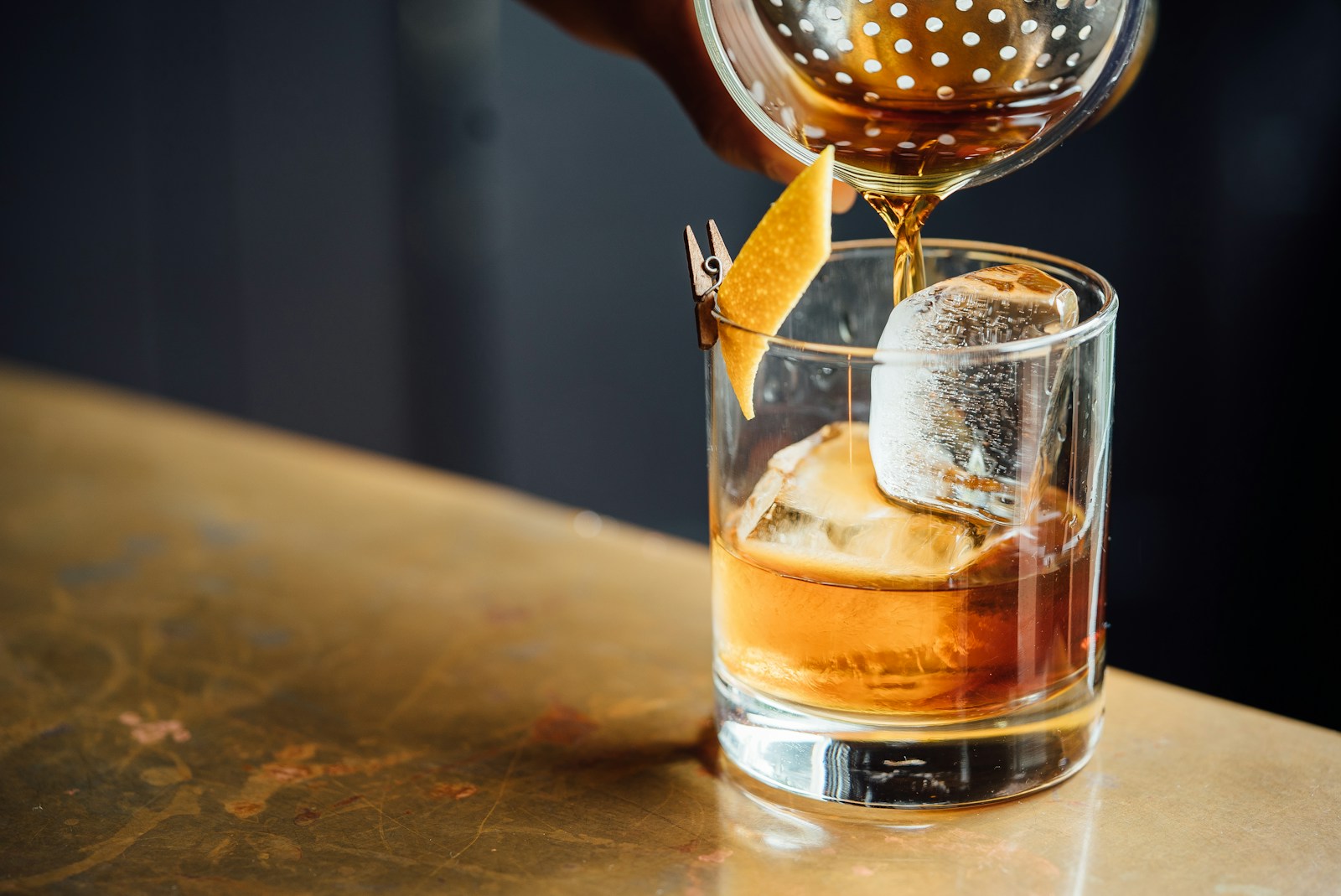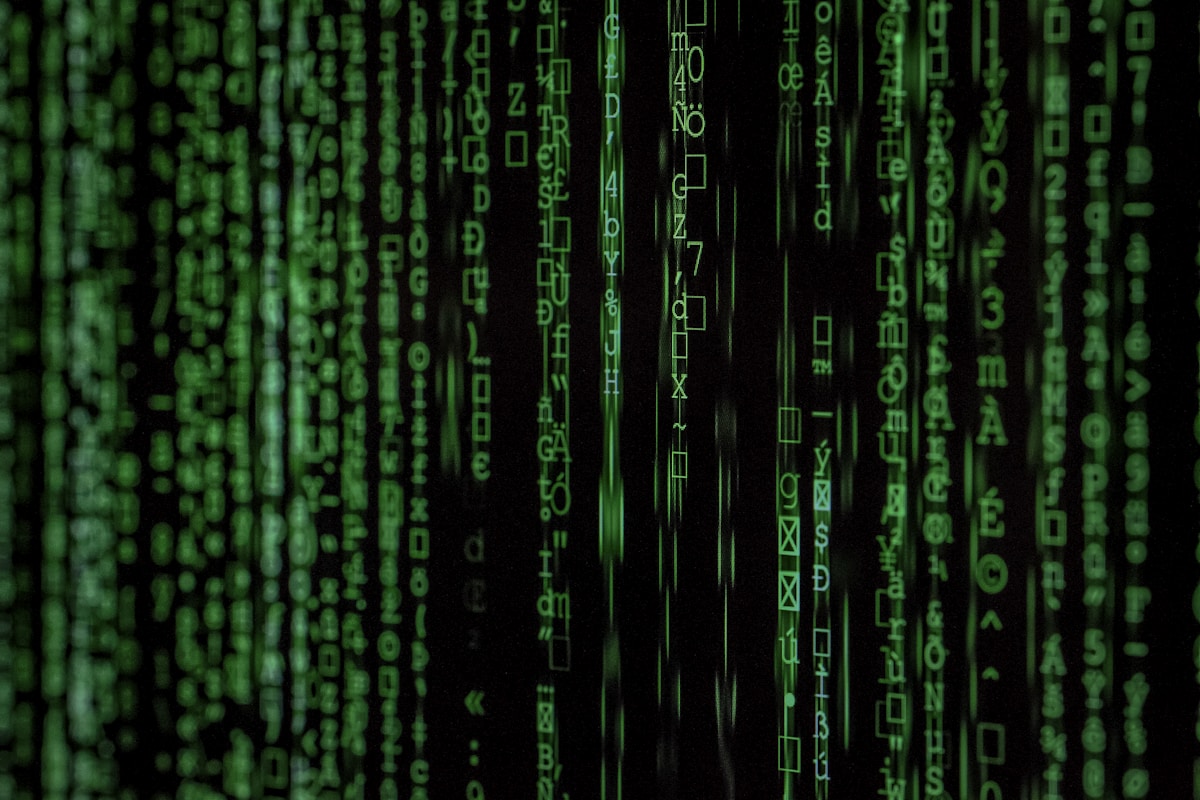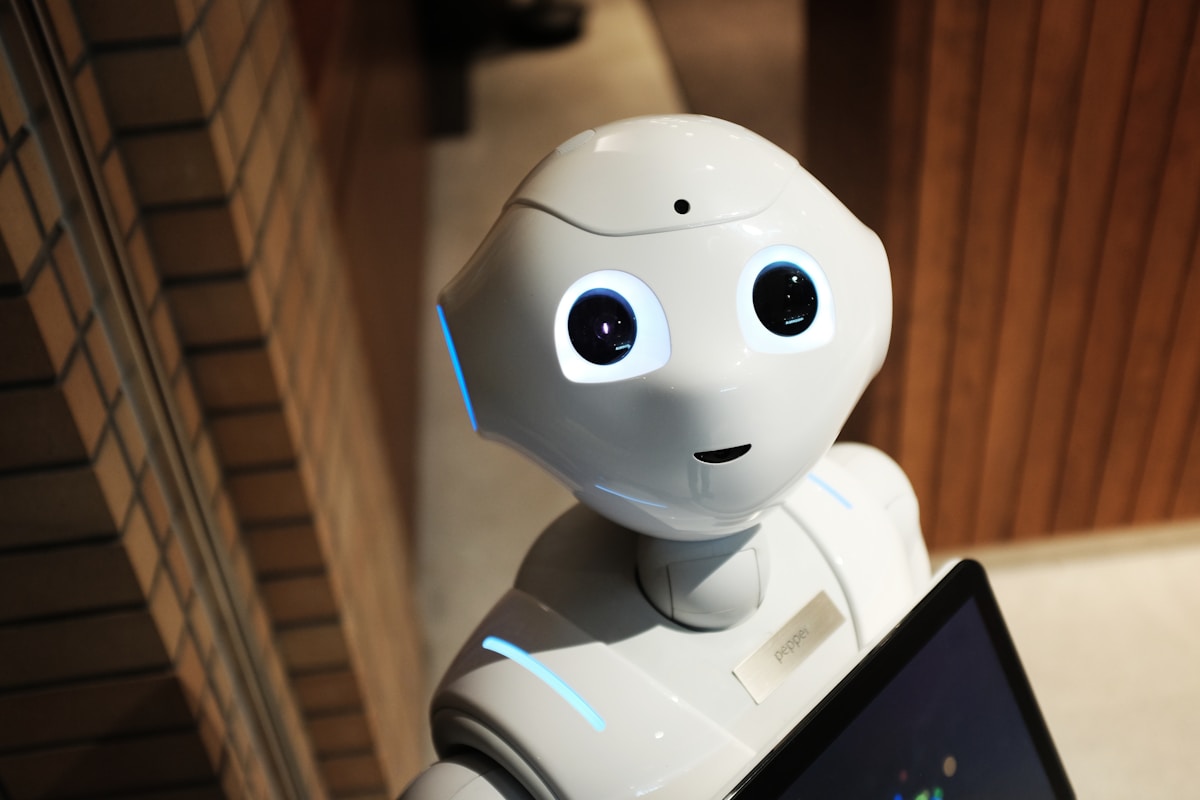Magic Studio AI: Designing Immersive Culinary Concept Photography
Learn how Magic Studio AI helps food stylists, restaurants, and creators craft cinematic culinary imagery with storytelling, lighting blueprints, and commercialization strategies.

Magic Studio AI: Designing Immersive Culinary Concept Photography
Food imagery has evolved from static recipe illustrations into immersive narratives that activate all the senses. Diners expect brands to deliver not only flavor but also a visual journey—steam swirling off ramen, caramelized sugar crumbling under a spoon, or coffee foam patterned with starlight. Magic Studio AI empowers creative teams to construct those scenes without a fully staffed studio or weeks of prop sourcing. This guide explores how to translate culinary concepts into compelling photography using AI-driven ideation, lighting design, texture synthesis, and post-production techniques that maintain authenticity.
Why Culinary Visuals Need Storytelling
Great dishes carry memories: grandmother’s preserved lemons, midnight noodle runs, or the daring first taste of chilies. Visual storytelling invites audiences to inhabit those experiences. A successful image should answer four questions:
1. What is the hero ingredient? The dish’s personality must be tangible—the char on octopus tentacles, the gloss on chocolate ganache. 2. Where does the narrative occur? A bustling night market, a Nordic fire kitchen, or a futuristic hydroponic farm each guide composition, color, and props. 3. Who is the diner? Is it a family celebrating Lunar New Year, a barista perfecting competition pours, or a traveler tasting terroir-driven wines? 4. What emotion should linger? Comfort, adventure, nostalgia, or daring decadence will determine lighting intensity, camera angle, and motion.
Magic Studio AI accelerates this narrative alignment by generating moodboards, environment prototypes, and ingredient portraits, enabling teams to experiment before a single onion is sliced.

Building a Culinary Concept Blueprint
Before opening Magic Studio, gather raw inputs:
- Flavor Map: List dominant flavors, textures, and temperature contrasts. For a coconut-lime pavlova, note crispy shell vs. silky curd, cool cream vs. torched meringue. - Color Palette: Extract hues from ingredients—jade herbs, ember-red chili oil, smoky charcoal tortillas. Convert them into HEX codes for consistent art direction. - Prop Inventory: Document plates, textiles, glassware, and background surfaces available on set. Plan AI prompts that match or complement the physical assets. - Lighting Preference: Decide if the narrative requires soft morning glow, high-contrast noir, or saturated cyberpunk hues. Collect references from films, cookbooks, and travel photography.
These decisions form the chassis for AI generation. Clear direction prevents the model from veering into generic stock aesthetics.
Magic Studio AI Workflow for Culinary Imagery
1. Moodboard Generation: Use textual prompts that describe taste, heritage, and energy. Example: “Midnight izakaya ramen, glossy pork chashu, rain streaks on window, neon reflections, cinematic depth of field.” 2. Ingredient Portraits: Generate isolated renders of hero ingredients (lobster tail, heirloom tomatoes) at high resolution. These assets become overlays or reference for actual plating. 3. Lighting Exploration: Create variations with different light placements (backlit, rim-lit, low-key). Save lighting metadata to replicate with real fixtures or virtual compositing. 4. Story Moments: Ask Magic Studio to visualize narrative beats—sake being poured, smoke enveloping charred corn, a hand cracking brûlée. These frames inform shot lists for live photography or full AI composites. 5. Texture Library: Produce macro textures (salt flakes, citrus zest confetti, sesame seeds) on transparent backgrounds to layer into final artwork for tactile realism.
By iterating quickly, teams can present multiple concept boards to clients, gather approvals, and only then plan actual prop procurement or additional AI renders.
Balancing Authenticity and Stylization
Culinary executives worry that AI might misrepresent a dish. To maintain trust:
- Start from Real Photography: Capture base shots of the recipe, even if lighting is simple. Use these as grounding layers to prevent AI hallucinations like impossible garnishes. - Annotate Prompts with Restrictions: Mention “no unrealistic ingredients” or “match actual restaurant plating style” to ensure adherence. - Blend Manual Retouching: Composite AI-generated backgrounds or atmospherics behind real plated dishes using layer masks. Keep the food itself accurate while elevating ambiance. - Fact-check Cultural Elements: If referencing specific cuisines, verify plate shapes, chopstick etiquette, or table settings with cultural consultants.
The goal is to enrich storytelling without deceiving diners about portion size, ingredients, or expectations.
Lighting Strategies Inspired by Cinema
Magic Studio can simulate lighting rigs, but understanding their purpose yields better prompts:
- Rembrandt Glow for Comfort Foods: A key light at 45° with gentle falloff emphasizes warmth. Use prompts mentioning “soft tungsten, farmhouse dawn, low contrast shadows.” - Blade Runner Neon for Night Markets: Side lighting with colored gels accentuates glistening sauces. Prompt phrases like “cyan-magenta neon, rain speckles, reflective puddles.” - Nordic Minimalism: Top-down lighting with crisp highlights suits pastries, open-faced sandwiches, or bark embellishments. Reference “cool daylight, matte ceramics, natural linen.” - Fire Kitchen Drama: Backlight smoke and flames for barbecue or wok cooking. Prompt “ember orange gradients, sparks, steel surfaces, dynamic motion.”
Capture best lighting studies in Magic Studio and translate them into real fixtures or digital relighting recipes for consistency across campaigns.

Composition Techniques Borrowed from Gastronomy
- The Rule of Three Textures: Within each frame, highlight crispy, creamy, and fluid elements to suggest mouthfeel dynamics. Place them on different focal planes to create depth. - Flavor Trails: Arrange sauces or crumbs in swooping arcs to guide the viewer’s eye and hint at flavor progression from tangy to sweet. - Negative Space as Aromas: Blank areas imply steam or scent. Position them near herbs or spices so viewers imagine smelling them. - Human Presence: Incorporate hands sprinkling salt or lifting noodles to add narrative tension and scale. Magic Studio can generate realistic gestures with culinary tools.
Case Study: Launching a Plant-Based Tasting Menu
1. Discovery: A fine-dining restaurant wants to spotlight a new plant-based tasting menu inspired by forests. The creative brief emphasizes dew, moss, and smoked aromas. 2. AI Ideation: Magic Studio generates moodboards featuring moss-covered stones, drizzle on microgreens, and ethereal fog. The team selects three lighting moods: sunrise glimmer, twilight indigo, and moonlit silver. 3. Dish Blueprints: Each course receives an AI-rendered hero image, mapping plating arrangement, garnish placement, and vessel choice (slate slabs, ceramic shells). 4. Mixed Media Execution: On shoot day, stylists plate real dishes following AI diagrams. Background forests and mist effects are composited from Magic Studio outputs. 5. Campaign Assets: Final deliverables include poster-sized hero images, animated cinemagraphs of drifting fog, social teasers, and augmented reality filters showing ingredients popping from the plate. 6. Impact: Reservations increase by 30%, and the menu wins accolades for storytelling. Guests comment that visuals matched their dining experience, proving authenticity.
Collaboration and Workflow Tips
- Shared Prompt Library: Maintain a Notion database with successful prompts categorized by cuisine, vibe, and lighting for quick reuse. - Version Control: Export AI iterations with descriptive filenames (e.g., `forest-course_v3_backlight`). - Feedback Loops: During creative reviews, annotate images using FigJam or Miro—circle areas needing realism tweaks or brand color adjustments. - Hybrid Teams: Pair culinary experts with AI artists. Chefs ensure flavor integrity, while AI specialists fine-tune compositions and textures.
Commercialization Opportunities
1. Dining Room Projection: Use AI-generated environments as looping visuals in restaurants, synced with playlists or fragrance diffusers. 2. E-commerce: Embed interactive 3D plates created from AI concepts that guests can rotate and explore in online stores. 3. Cookbook Production: Magic Studio accelerates layout prototyping. Blend real photography with AI backgrounds for uniform style even when dishes are shot months apart. 4. Packaging Design: Generate label art, embossed patterns, or holographic foil concepts inspired by hero dishes. 5. Experiential Pop-ups: Project AI cityscapes onto tables, creating immersive tasting journeys. Monetize limited-edition tickets with custom visuals.
Data and Performance Measurement
Track metrics beyond likes:
- Dwell Time: Use heatmaps to see where viewers linger—steam trails, ingredients, or hands. Adjust compositions accordingly. - Conversion Rates: Correlate AI-enhanced imagery with reservation or purchase spikes. - Sentiment Analysis: Scrape comments for descriptors like “mouthwatering” or “fake” to gauge authenticity perception. - A/B Testing: Compare real-only vs. AI-composited imagery for newsletters to understand audience trust thresholds.
Ethical Considerations
- Labeling: Disclose when heavy AI compositing is used, especially for menu items. Transparency builds credibility. - Cultural Respect: Avoid stereotyping cuisines. Research plating conventions, ingredient symbolism, and regional stories. - Food Waste: Use AI for early experimentation to reduce physical ingredient waste during concept stages. - Accessibility: Provide alt text describing aromas, textures, and cultural context so visually impaired diners can engage.
Practical Checklist
1. Collect ingredient shots, prop inventory, and brand guidelines. 2. Build a flavor, texture, and story map for each dish. 3. Generate AI moodboards, lighting studies, and plating blueprints. 4. Merge AI assets with real photography, maintaining ingredient accuracy. 5. Apply color grading and texture overlays for cohesion. 6. Package deliverables with usage rights, color references, and lighting notes for partners.

Conclusion
Magic Studio AI is not a replacement for culinary artistry—it is a story accelerator. By uniting chefs, stylists, photographers, and AI specialists, brands can craft sensory experiences that resonate across menus, packaging, social content, and immersive events. The key is honoring real ingredients while amplifying emotion. When used thoughtfully, AI not only reduces production costs but also invites diners into imaginative worlds where every plate glows, every sauce whispers, and every garnish feels like a clue to a deeper tale.



